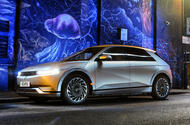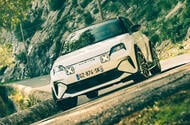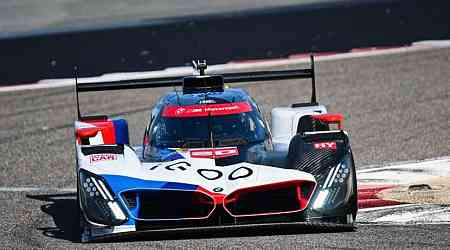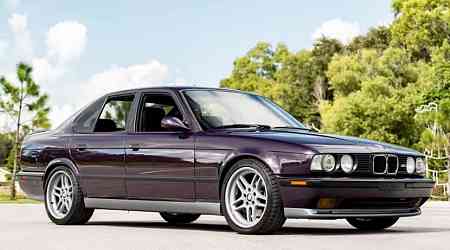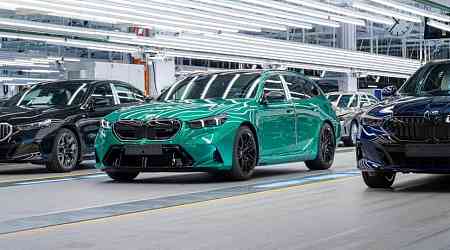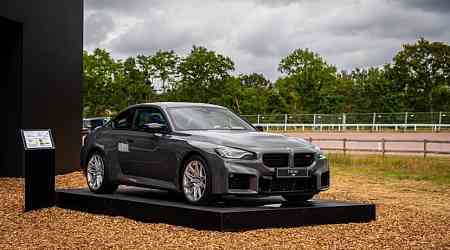Hyundai Motor has become the first global car firm to commit to a broad roll-out of extended-range electric vehicles (EREVs) as it looks to bridge the gap to sluggish EV demand.
Also known as range-extender cars (REx), EREVs package a large battery and sizeable electric motor alongside a small petrol engine that acts as a generator.
Hyundai Motor will build mid-size SUVs with the technology in the US, launching from 2026, for both Hyundai and its premium Genesis brands. Compact models using a dedicated EREV platform will be made in China.
The US models will “expand into advanced markets”, Hyundai said at its investor day, held on 28 August, suggesting that European sales are also planned.
Hyundai’s shift into EREVs was in “response to the recent slowdown in EV demand”, Jaehoon Chang, president and CEO of Hyundai Motor, told investors.
“It’s an opportunity for us to buy more time to be better prepared for EVs,” Chang said.
EREVs have been popularised in China, where local players such as Li Motor, Leapmotor, Neta and Avatr have launched models with drivetrains that combine large batteries with smaller combustion-engine generators.
However, global brands have so far been much less keen on the technology, preferring to concentrate on EVs, plug-in hybrids and hybrids.
Currently, only Mazda sells an EREV model in the UK, the MX-30 R-EV small SUV. Previous models include the REx version of the discontinued BMW i3. Stellantis has said it will sell an EREV version of its planned new Ram electric pick-up, but Ineos has cancelled the Fusilier electric and EREV models, where were originally planned to sit under the Grenadier six-cylinder 4x4.
BMW has ruled out returning to EREV technology and Mercedes-Benz has also said it won’t be participating after reportedly axing a development programme earlier this year. Concerns include the cost of adding another drivetrain as well as the potential difficulty in making the handover between electric and combustion smooth enough for customers of premium cars.
“To have a very large battery plus a combustion engine in there… There is a limit to the financial logic,” BMW CEO Oliver Zipse told investors and analysts on the company’s first-quarter earnings call. He said the substantial electric range of the company’s latest-generation PHEV performs the same function.
Hyundai said it had begun developing its EREV drivetrain two years ago and promised it would be “better than competitive” against rival systems. The company promised a “seamless driving experience” as the drivetrain switched between the battery and motor generator to power the electric motor.
Fitting a battery of around 30% the size of that in an EV would help Hyundai reduce the cost of the car, the company said. The system would only have two motors and no transmission, again cutting the cost to Hyundai and making it competitive against plug-in hybrids. “We think the key is the controller,” Chang said.
Importing EREVs from the US into the European Union would give Hyundai an edge over Chinese manufacturers, because EREVs are subject to the same increased tariffs as electric cars.
Hyundai also plans to expand its full-hybrid (HEV) line-up from seven to 14 models, including Genesis, by 2030 as it helps bridge the “EV chasm”, Chang said at the investor day. The company said it would expand its full-hybrid sales in Europe from an expected 150,000 in 2024 to 220,000 by 2028.
Hyundai already has one of the widest drivetrain line-ups but is broadening its offering to satisfy demand ahead of the slower than expected take-up of pure-electric cars. The new EREV and hybrid offerings will plug the gap until 2030 “when a recovery in EV demand is expected”, Hyundai said.
Hyundai is targeting sales of two million EVs by 2030 globally from an increased range of 21 models, the company said. New models include the Ioniq 9 three-row SUV, which is Hyundai’s take on the Kia EV9. Hyundai Motor owns a third of Kia and both come under the control of the Hyundai Motor Group. Kia is also likely to launch EREV models as part of the close relationship between the two.


















